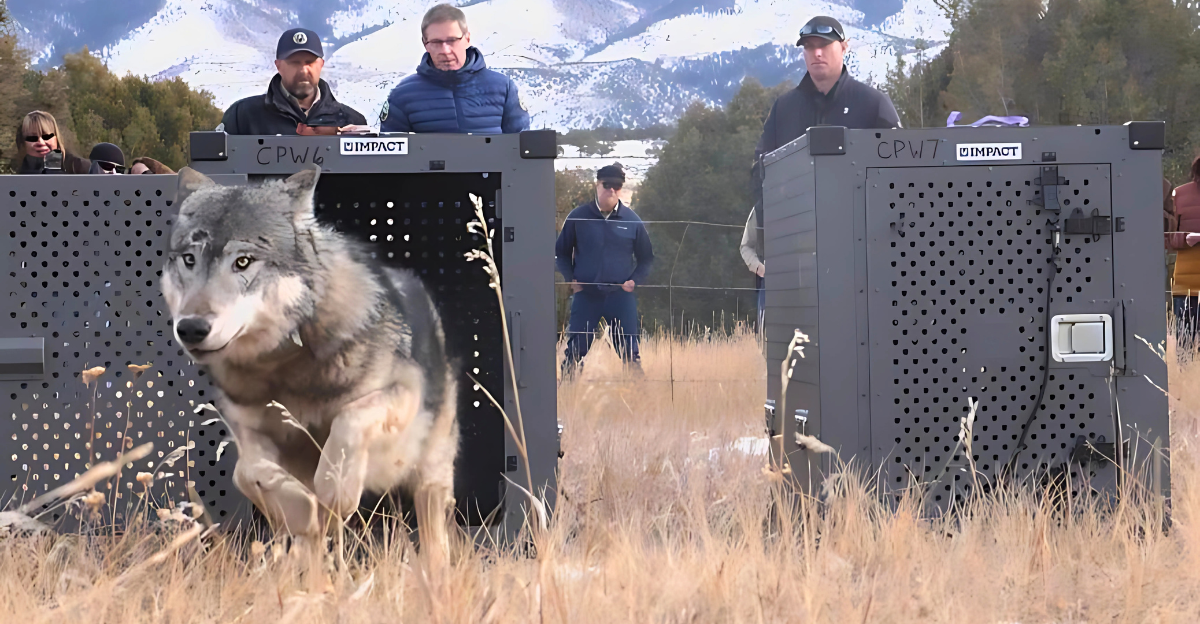
Colorado reintroduced wolves hoping for a conservation win. What have they got? A full-blown budget brawl. They are now munching livestock, racking up compensation claims, and sending the state’s bank account into a slow spiral. Ranchers are stressed, lawmakers are scrambling, and taxpayers are eye-rolling. The wolves aren’t the villains, but they’re definitely expensive roommates. So, how did a regular rewilding effort end up costing Colorado this much? Buckle up—we’re breaking it down, bite by bite.
The Price of Predation
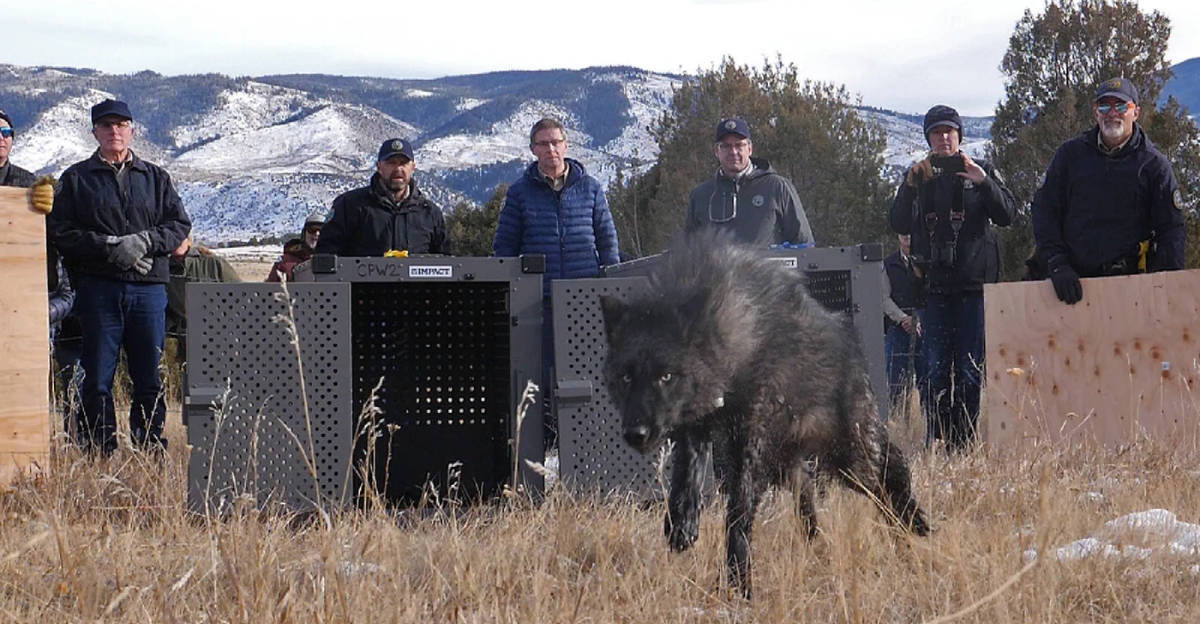
In 2024, Colorado ranchers rang up a whopping $582,000 in wolf-related livestock losses. We’re not just talking about cows going missing—these claims include dead animals, reduced breeding, and underweight calves. Ranchers aren’t just losing animals, they’re losing income, and the wolves? They’re dining free-range. The financial bleed has only just begun.
Budgetary Band-Aid

The state tried to patch the hole with a $350,000 Wolf Depredation Compensation Fund. But guess what: it wasn’t enough. The fund was maxed out before anyone could say “full moon.” Claims are still rolling in, but the money’s run dry. Now, it’s a bureaucratic game of IOUs and crossed fingers.
It’s Not Just the Kill Count

Even when wolves don’t attack, they still mess with livestock. Cattle get stressed, which means fewer babies, less weight gain, and one big headache for ranchers. Basically, the mere idea of a wolf nearby turns your livestock into nervous wrecks. And nervous cows don’t cash checks.
Budget Breakdown—Now It’s Personal
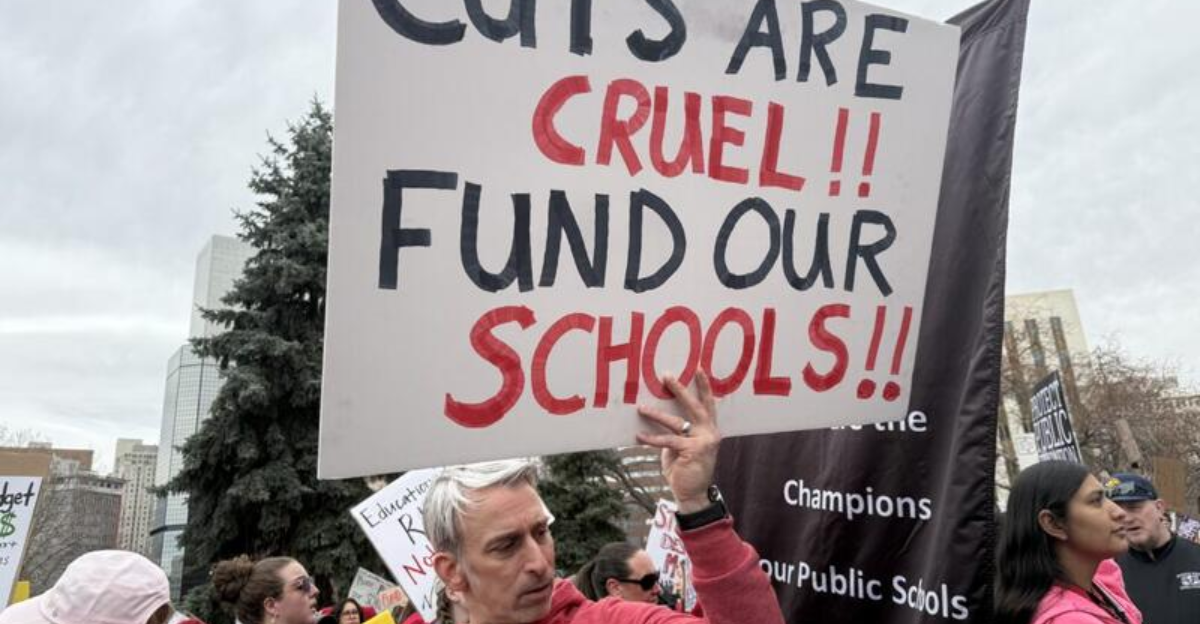
Colorado’s budget was already tight, with a $1 billion gap looming. Add wolf payouts to the mix, and lawmakers are rethinking everything. Programs may get slashed. Timelines are slipping. And suddenly, those fuzzy conservation dreams are bumping up against very real fiscal nightmares.
Ranchers Are Over It
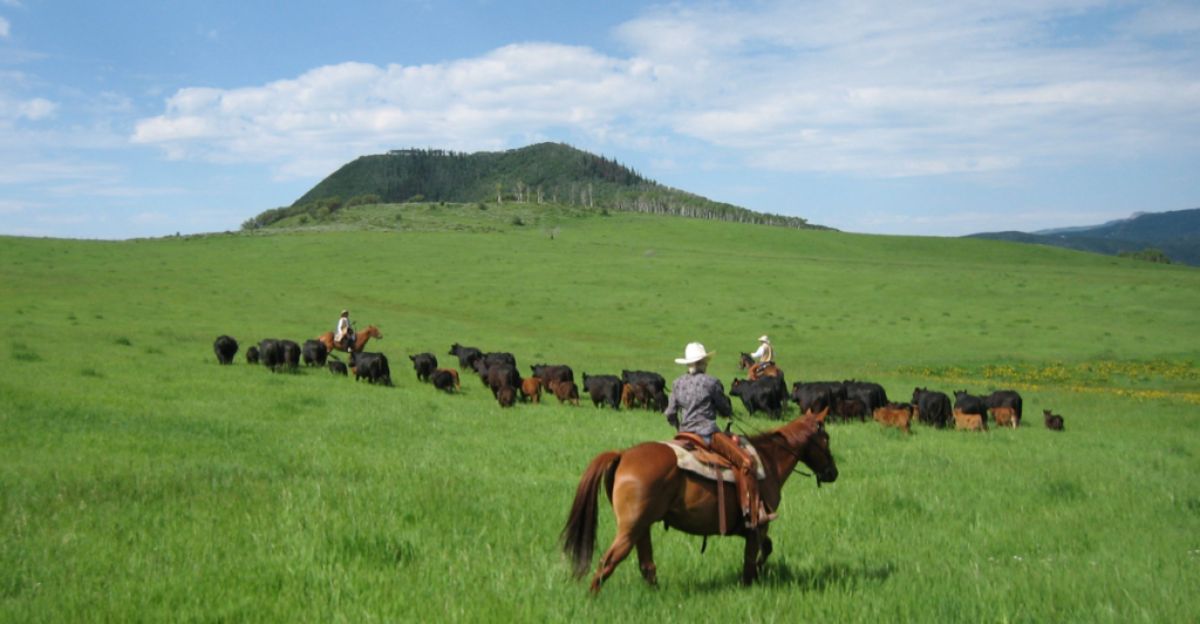
Forget the money for a second, this has become emotional. Ranchers are burnt out, fed up, and losing sleep over wolves they never wanted. Some feel like the state made a choice without fully considering the cost. It’s hard to feel heard when your actual herd is steadily shrinking.
The Policy Juggle
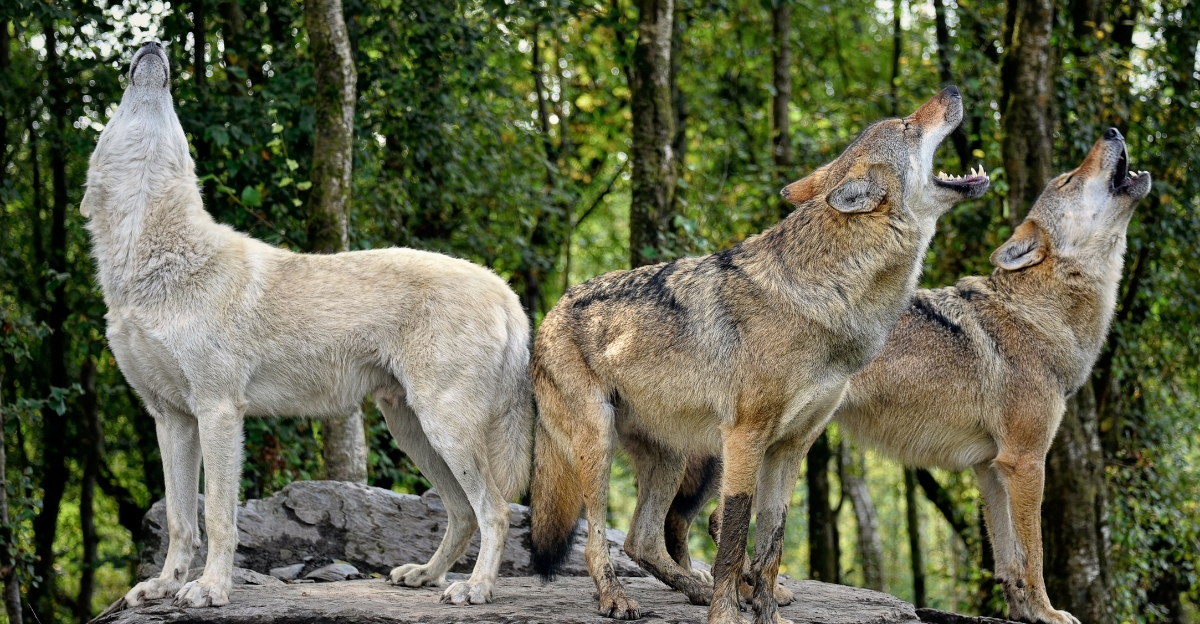
On one hand, voters asked for wolves. On the other, those wolves are eating into livelihoods—and budgets. Colorado is stuck between honoring public will and managing unintended consequences. Lawmakers are tweaking compensation systems, but it feels like a race between evolution and legislation.
More Wolves, More Woes?

In 2025, the plan is to release 10 to 20 more wolves. Conservationists are stoked. Ranchers? Not so much. If this rollout goes sideways, things could get even hairier—more attacks, more claims, more budget drama. Everyone’s hoping for coexistence. No one’s betting on it.
Fighting Back (Without Fighting Wolves)
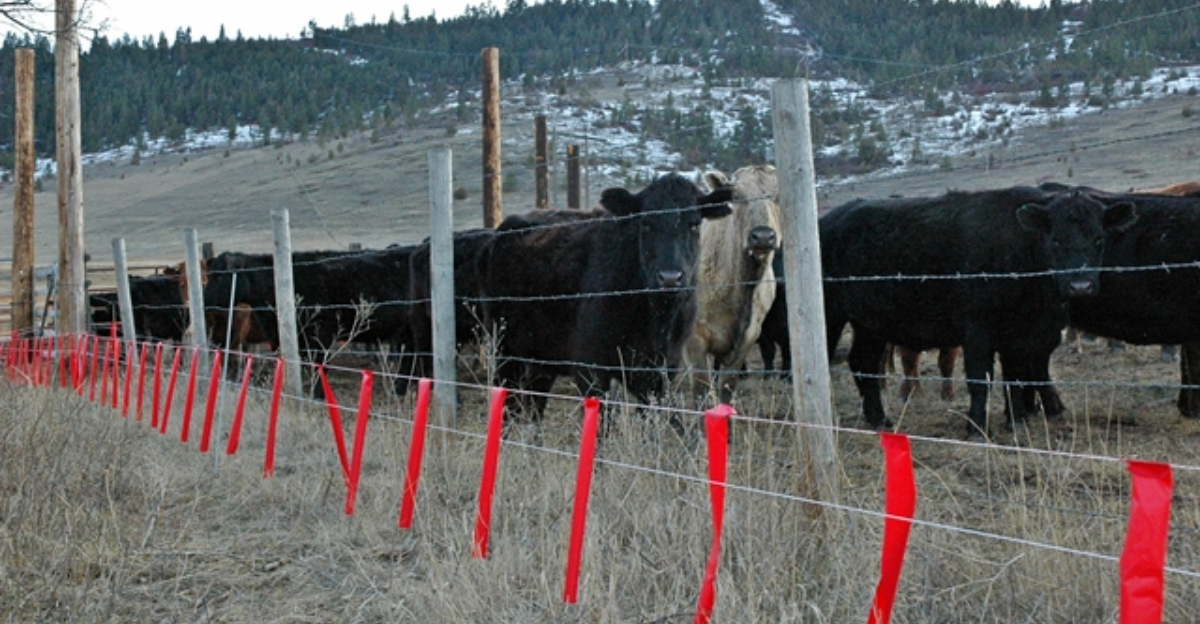
To dial down the damage, ranchers are turning to non-lethal tools: fladry (ribbons on fences), range riders, and guard animals. These methods are helping—but they’re not cheap, and they’re not foolproof. Still, they might be the best shot at keeping peace in predator country.
It’s Getting Political—Fast
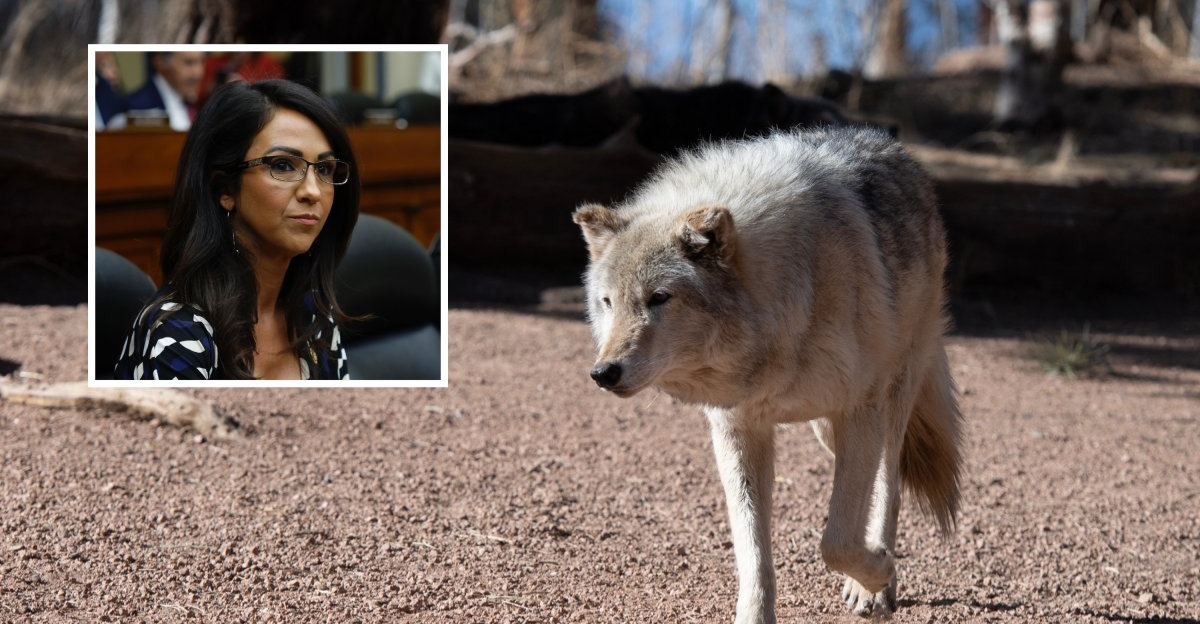
What started as a wildlife win is now a legislative tug-of-war. Town halls are tense. Rural communities want real support, not just policy promises. Some urban voters feel misled. And through it all, the wolves keep doing what wolves do: survive, hunt, and stir up headlines.
Conservation Isn’t Cheap
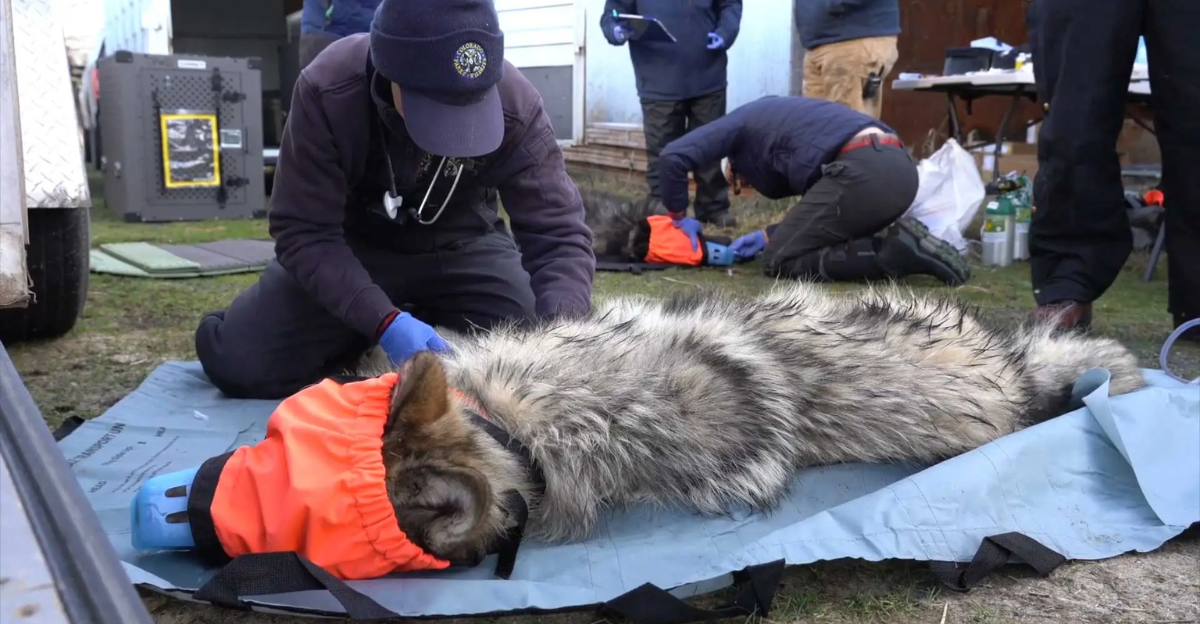
Instagram – Colorado Outdoors
Colorado’s wolf reintroduction was never going to be simple. But now, the price tag is much bigger than expected—financially and emotionally. It’s a classic case of idealism clashing with reality. Can wild beauty and working ranches coexist? Maybe. But someone’s gonna have to foot the bill.
Explore more of our trending stories and hit Follow to keep them coming to your feed!

Don’t miss out on more stories like this! Hit the Follow button at the top of this article to stay updated with the latest news. Share your thoughts in the comments—we’d love to hear from you!







